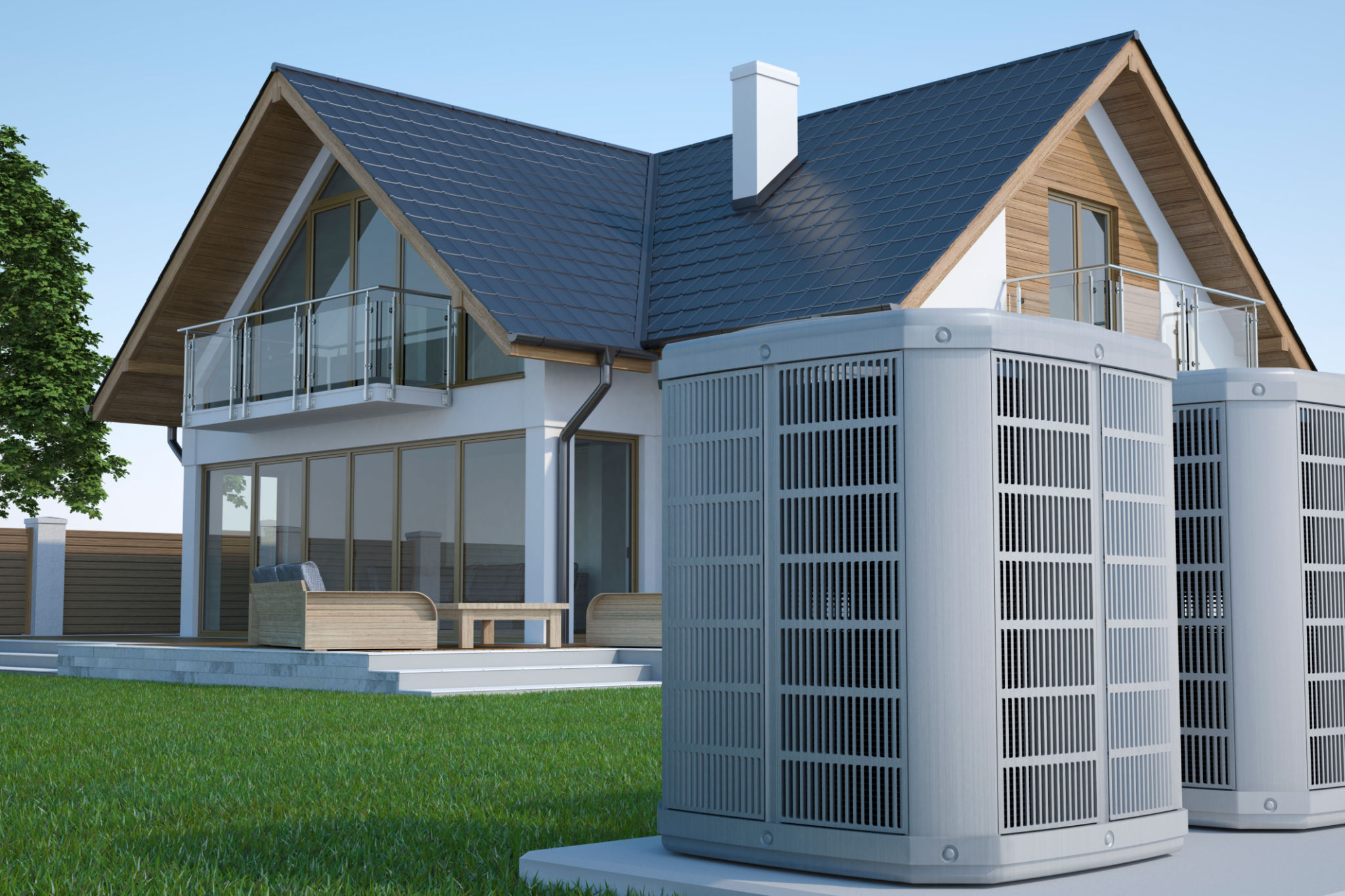DIY Terrarium Maintenance: Keep Your NatureScape Lush and Vibrant
Understanding Your Terrarium’s Needs
A terrarium is a miniature ecosystem, and like any living environment, it requires proper care to thrive. Whether you have a closed terrarium with high humidity or an open one that mimics a desert landscape, understanding the specific needs of your plants is crucial. Regular observation is key; keep an eye out for signs of distress, such as yellowing leaves or mold growth.
Begin by establishing a routine maintenance schedule. This ensures your terrarium receives consistent care, which helps maintain its lush appearance and vibrancy. A well-maintained terrarium not only looks beautiful but also supports a healthy micro-environment.

Watering Techniques
Watering is a critical aspect of terrarium maintenance. Closed terrariums generally require less frequent watering due to their self-sustaining moisture cycle, whereas open terrariums might need more regular hydration. To determine if your terrarium needs water, check the soil's moisture level by touching it lightly. If it feels dry, it's time to water.
Use distilled or rainwater to avoid mineral buildup, which can harm your plants over time. Water sparingly and aim for the soil base instead of the leaves to prevent mold growth. Remember, over-watering is one of the most common mistakes in terrarium care.
Light and Temperature Considerations
Proper lighting is essential for photosynthesis and plant health. Identify the lighting requirements of your specific plants; some may thrive in bright, indirect light, while others prefer low-light conditions. Position your terrarium accordingly to ensure it receives adequate light without overheating.

Temperature is another factor to consider. Most terrariums thrive at room temperature, but be mindful of extreme fluctuations. Avoid placing your terrarium near heat sources or in direct sunlight, which can create a greenhouse effect and damage your plants.
Pruning and Grooming
To keep your terrarium looking its best, regular pruning is necessary. Trim any dead leaves or overgrown branches to promote healthy growth and prevent overcrowding. Use clean scissors or gardening tools to avoid introducing pathogens into your micro-environment.
Additionally, remove any fallen leaves or debris from the soil surface to prevent mold and pest infestations. Regular grooming not only enhances the aesthetic appeal of your terrarium but also supports overall plant health.

Managing Pests and Diseases
Even in a controlled environment like a terrarium, pests and diseases can sometimes occur. Regularly inspect your plants for signs of trouble, such as discolored spots or unusual textures on leaves. If you notice any issues, act swiftly to mitigate them.
For minor pest issues, try using natural remedies like neem oil or insecticidal soap. Maintaining proper humidity levels and ensuring good air circulation can also help prevent mold and fungal diseases from taking hold.
Refreshing the Soil
Periodically refreshing the soil in your terrarium can rejuvenate your plants and improve their growth. Over time, nutrients in the soil can deplete, so replenishing them ensures your plants have access to the essential minerals they need.

To refresh the soil, carefully remove the plants and add a layer of fresh potting mix before replanting. This process also provides an opportunity to rearrange your plants for a fresh look if desired.
Conclusion
Maintaining a DIY terrarium can be a rewarding hobby that brings a touch of nature into your home. By following these maintenance tips, you can ensure that your NatureScape remains lush and vibrant for years to come. With regular care and attention, your miniature garden will thrive as a beautiful centerpiece in any room.